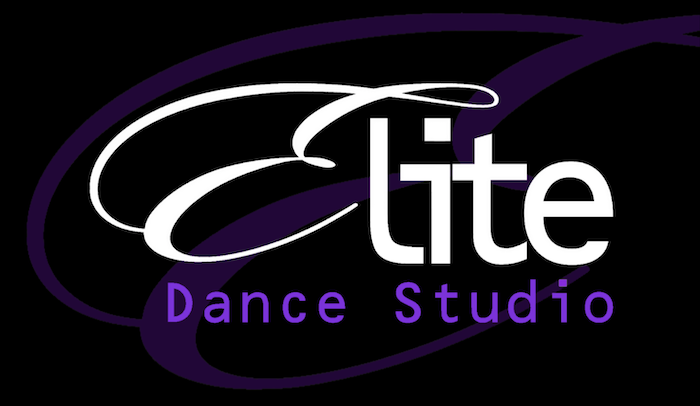Posted by on Jun 7, 2015 in Blogs

The “ideal dancer” is often portrayed as a slender figure, but this oversimplifies just how much strength is needed to participate in regular dance training. Strength comes from building muscles, which can only be accomplished with a healthy diet– regardless of body type. The most accomplished professional dancers strictly follow high calorie, nutrient-rich regimens and would never risk their bodies’ health with crash diets or “cleanses.” Are you training as a dancer or simply seeking a dancer’s physique? Refer to our guidelines below, consult with us at Elite Dance Studio and start building your personalized training and nutrition plan.
LET’S GET PHYSICAL
Conditioning and weight training is becoming more common among serious and casual dancers alike. While many dancers take advantage of the visual results, you may overlook the serious risks of adding more strenuous activity to your life. Major complications like fatigue and exhaustion can arise if you increase your activity level, but lessen or even maintain your previous food intake. It is important to add calories to your diet and maintain a balanced ratio of carbohydrates, healthy fats, proteins, nutrients and water.
Carbohydrates
“Carbs” get a bad name in some circles. Many convenient and unhealthy foods contain or are entirely refined carbohydrates, overindulgence in these “bad carbs” can lead to weight gain and even digestive problems. This has led to wide-ranging fad diets that suggest cutting out carbohydrates completely– no dancer should ever attempt such rash dietary choices. The fact is digested carbohydrates are converted into a type of sugar that is stored as energy to feed the muscles. Many foods (such as whole grain pastas, breads and cereals) provide invaluable fuel to athletes at all levels, dancers included.
Eat healthy, complex carbohydrates as part of your first meal of the day and before major periods of activity such as training sessions, dance lessons or performances.
Fat
As with “carbs,” fat is a nutritional buzzword that is manipulated and overemphasized throughout food retail and advertising. Many foods like fish, bison, beans and poultry offer healthy fats that are essential to balanced diets. The body uses digested fat as building blocks for some of your most essential biological processes.
A dancer should avoid foods high in saturated fat, but should still include healthy levels of fat in your diet. If you do need to limit fat intake, choose reduced fat options instead of “fat-free” products.
Protein
Even if a dancer has all the muscle he or she needs, protein is essential to a dancer’s diet as it helps rebuild and maintain strength and flexibility. High levels of protein are obviously found in meat of all kinds, but vegetarians and vegans can rely on nuts and soy proteins (ie: tofu) for their daily requirement. Protein keeps you feeling full longer and helps build muscle, but health professionals recommend that protein-rich foods make up less than 20% of your regular diet.
Protein intake should be highest after increased levels of activity to aid in recovery. Avoid protein powders unless under the direction of a doctor, nutritionist or trained professional.
Nutrients & Fluids
Nutrients include vitamins and minerals absorbed through diet such as vitamins A, B and C; calcium; iron; and iron. Supplements should be avoided unless under the direction of a doctor, nutritionist or trained professional. Dancers should focus on eating at least 6-7 servings of fruit and vegetables per day as they have the highest concentration of healthy nutrients.
“Fluid” is basically another word for liquid, the most effective and healthy option being cool, refreshing tapwater. Stay hydrated throughout the day by drinking at least 1.5 litres of water each day– adding to that amount before, during and after periods of strenuous activity. All healthy diets should minimize high sugar and sodium options like pop and sports drinks… Choose a pure fruit juice or a healthy smoothie for variety and an easy serving of fruits and vegetables.
BALANCING ACT
We all know life gets in the way of strict diets and workout routines, but that doesn’t mean a dancer’s physique is unattainable. Just like in dance, balance is key to an individual’s success. Focus on eating fresh, nutritional foods as often and consistently as possible– pair your balanced diet with personalized dance training at Elite Dance Studio and you’ll be well on your way to the ideal you! Check out our tips on staying in shape over a long break, like summer or vacation time.
Consult with our professional and courteous staff today to start your path to achieving your perfect balance.

